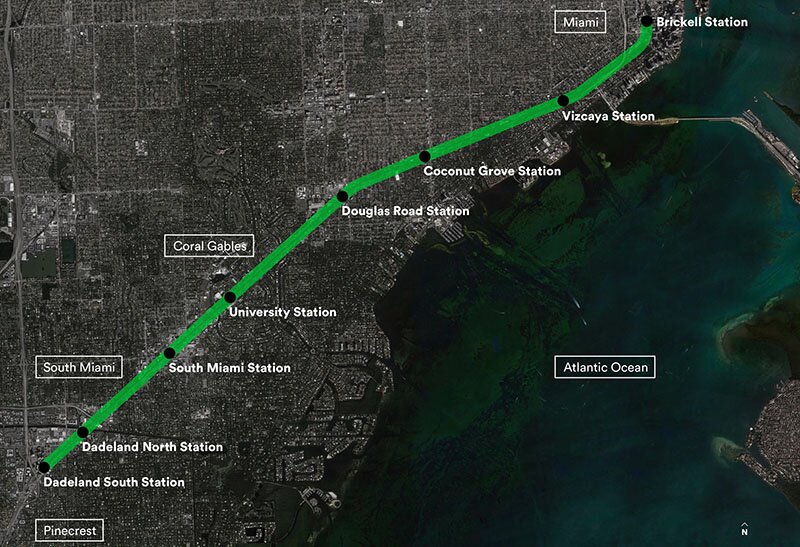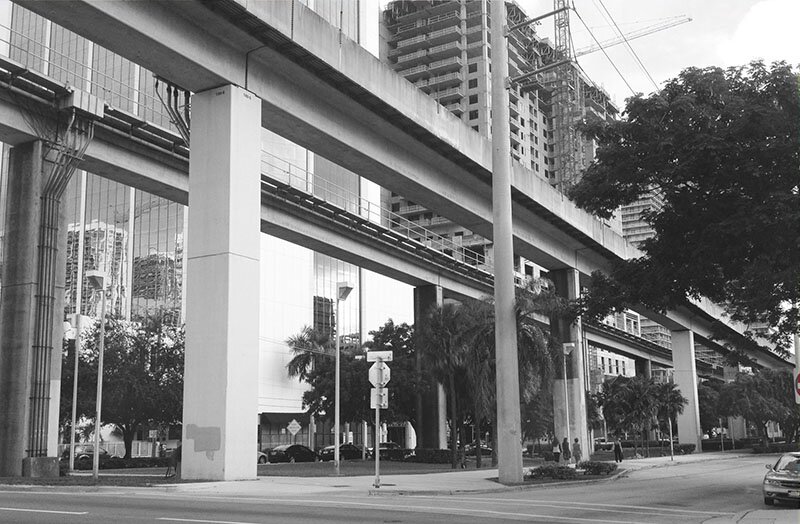The Doable City Reader
There is so much that can be done to make our cities happier, healthier and more prosperous places. Every day in cities around the world, citizens and city planners alike are showing us how small actions can scale up to have massive impact. And they can in your city too.
That’s what the Doable City Reader is about. In June 2014, 8 80 Cities, in collaboration with the Knight Foundation, brought 200 civic innovators from around North America together in Chicago at the Doable City Forum to share and discover methods for rapid change making. The Doable City Reader is inspired by the rich conversations amongst presenters and participants at that forum. It is a resource for any and all people who want to make change in their cities and is meant to educate, inspire and empower anyone to do so.
The city of Miami has long struggled to expand its park space. Now, a group of creative citizens has found a potential solution hidden in plain sight. If Meg Daly and her friends have their way, Miami will soon boast a 10-mile-long linear park — without the city having to purchase a single square foot of land.
The name of the project: the Underline. Like a ground-level sister to New York’s Highline and Chicago’s 606, the park would stretch continuously beneath the Miami Metrorail, the city’s elevated rapid transit line.
Daly had the idea for the Underline (previously called the Green Link) when she broke both her arms in a cycling accident one summer. She began taking the Metrorail frequently to her physiotherapy appointments and walking the last leg of the trip beneath the rail lines. “As I walked, I was astounded that there was so much land underneath the Metrorail. Even though it was the dead of summer, I could walk comfortably in the shade of the train tracks. The opportunity was obvious,” she wrote in the Miami Herald.
Studies performed for Friends of the Underline, the non-profit Daly helped launch to pursue the project, found that the park would provide 400,000 residents of Miami new green space within a half-mile walk of their home. Plus, it would provide an estimated $800 million economic impact annually, including increasing property values of land next to the Metrorail, which is currently worth less than nearby plots due to its location.
Daly and the Friends of the Underline have recently garnered the support of the city’s parks department and, as of summer 2014, $2 million in committed funding from donors, including the Knight Foundation.



